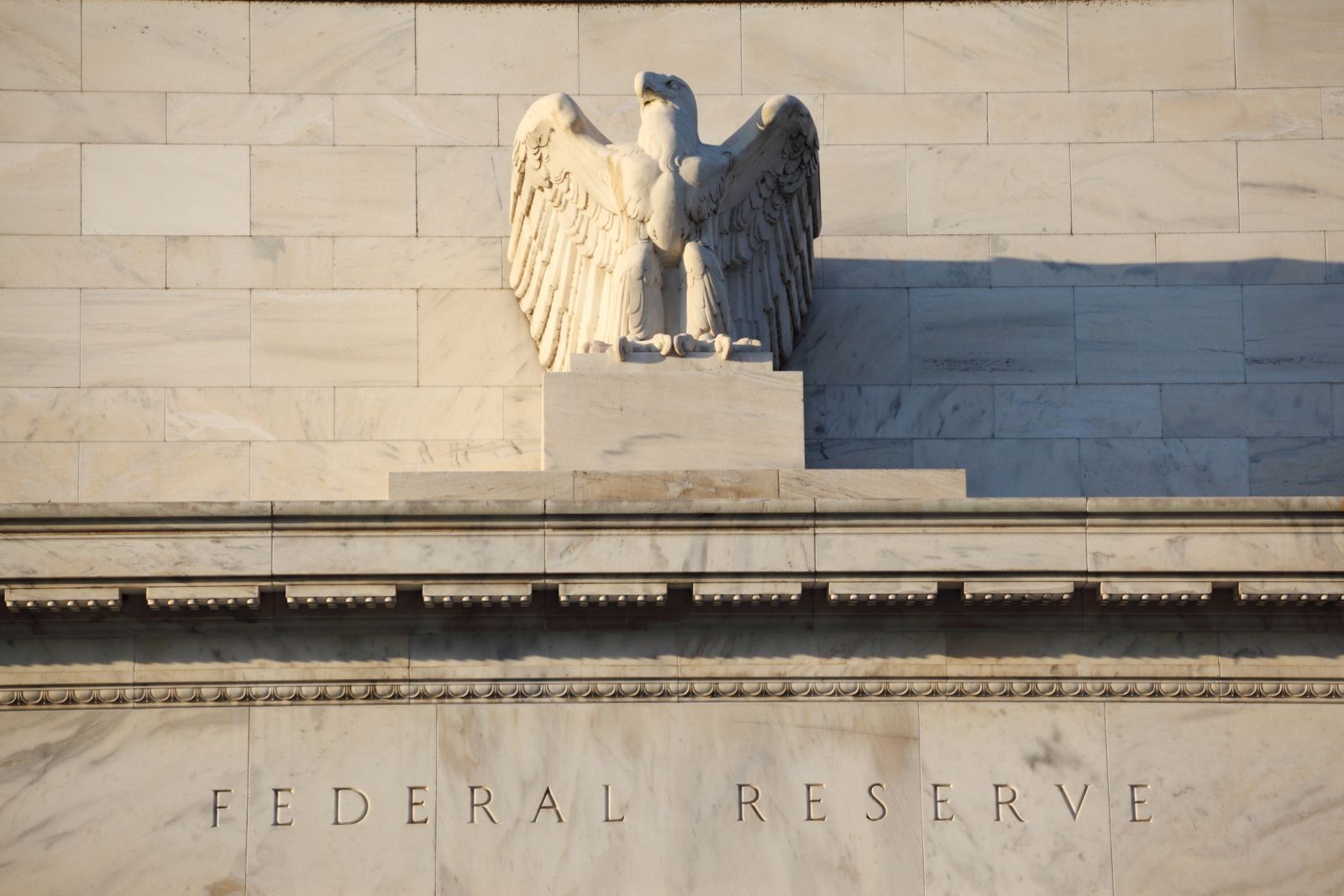
Inflation remains the most critical indicator for predicting what the Fed and the markets will do through the remainder of this year and into next year.
As long as U.S. inflation rates remain persistently high, the FOMC will be forced to maintain its bias toward further rate hikes. By contrast, once inflation approaches the Fed’s goal of 2%, the Fed will be able to declare an “all clear” and the U.S. stock market could springboard higher.
The U.S. inflation figures have already fallen substantially from the post-pandemic boom levels of +7.0% y/y (headline deflator) and +5.4% y/y (core deflator) but have not come down enough to declare an “all clear.” The U.S. economy remains stubbornly strong, and the tight labor market continues to put upward pressure on wages. Also, there are still supply chain issues that are keeping input prices high.
Friday’s deflator report was roughly in line with market expectations but did not show enough inflation progress to generate any real optimism about the Fed. The PCE deflator is the Fed’s preferred inflation measure.
The markets are discounting the odds at 84% that the FOMC will raise its funds rate target by +25 bp at its next meeting on July 25-26 and the markets are expecting an overall +33 bp additional rate hike by November. Today’s deflator report did not produce any significant change in the market’s expectations for Fed rate hikes through year-end.
The May U.S. headline deflator eased to +3.8% y/y from April’s revised +4.3%, and the core deflator eased to +4.6% y/y from April’s +4.7%. Still, the Fed will remain worried about sticky core inflation, with the core deflator still at a very high +4.6% y/y, far above the Fed’s +2% inflation target.
Yet, the odds are that inflation will continue to drop in the coming months. The markets are expecting flat to negative U.S. economic growth in the second half of this year, which would reduce demand and drain pricing power from corporations. A flat economy would also soften up the U.S. labor market and would likely cause reduced wage and salary pressures.
For their part, FOMC members are forecasting that PCE inflation will drop to 3.2% by the end of this year and then to 2.5% in 2024 and 2.1% in 2025.
The good news is that the markets believe the Fed is adequately addressing the inflation situation and that inflation will average just over 2% over the next ten years. The 10-year breakeven inflation expectations rate (i.e., the difference between nominal and TIPS 10-year T-notes) is currently at 2.22%, just mildly above its 20-year moving average of 2.10% and the Fed’s 2.0% inflation rate. That means that T-note investors believe the Fed will be successful in causing inflation to average just over its 2% target over the next ten years.
On the date of publication, Rich Asplund did not have (either directly or indirectly) positions in any of the securities mentioned in this article. All information and data in this article is solely for informational purposes. For more information please view the Barchart Disclosure Policy here.






